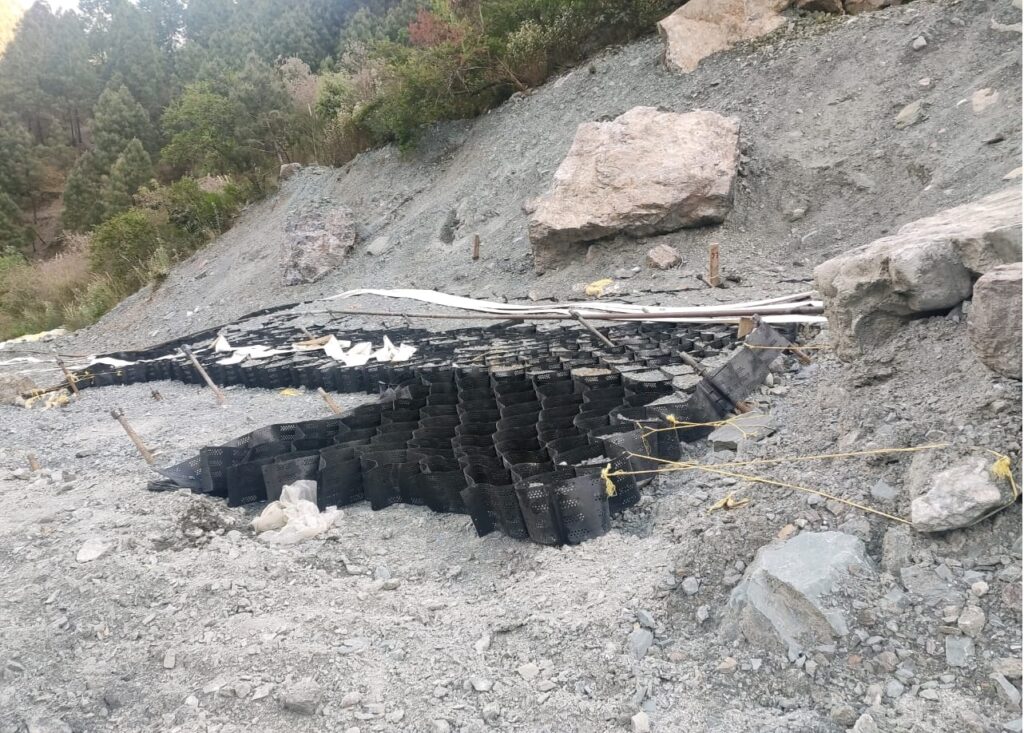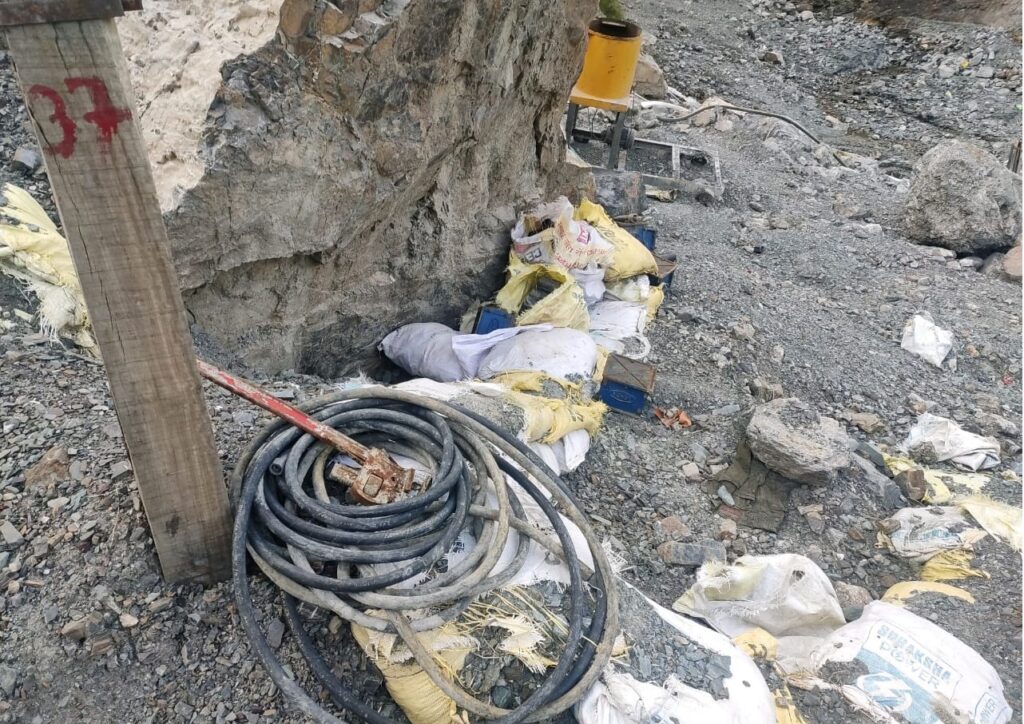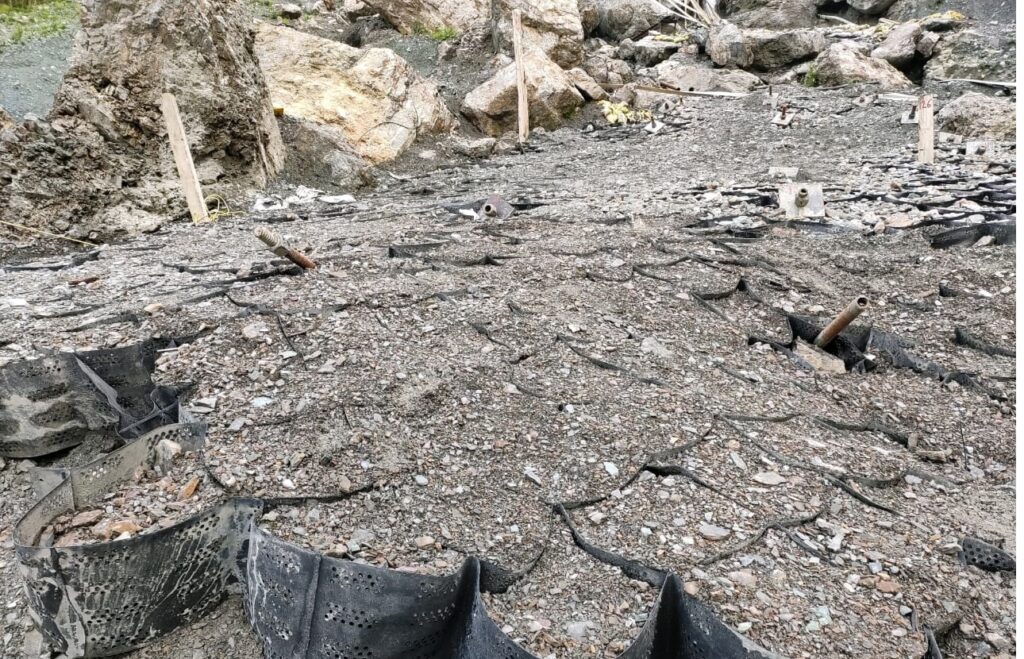Ground Consolidation
It is a technique in which injection grout consolidates a foundation layer, resulting in more dense soil quality. It’s also utilized to cover cavities or discontinuities in rock masses. The goal of consolidation grouting is to use grout to fill cracks or discontinuities in a rock mass. The permeability, strength, and deformability of a rock mass are all controlled by the discontinuities in the mass. The main step entails pumping the mixture into voids on rocks where air and fluids exist.
The goal is to lower the hydraulic gradient as fluids and gases move to the grout mixture and stop it from flowing. Here are several common consolidation grouting operations.
- Curtain Grouting
- Grouting used for water cut-off
- Grouting the Initial Excavation
- Foundation grouting

Properties of consolidation grouting
Stage and stop grouting are common methods of consolidation grouting. Stage grouting is frequently referred to as “downstage,” while stop grouting is referred to as “upstage.” Packers are used to isolate the grouting zone in both stage and stop grouting. Until rejection is obtained, each isolated zone or stage is grouted. To limit the possibility of partial grout coverage, the split spacing approach is frequently used. Split spacing basically implies drilling and grouting a succession of primary * holes first.
Applications of consolidation grouting
It involves the Injection of grout material into the underlying rock mass. The major goal is to reinforce and reduce the formation’s permeability. The techniques involved drilling grout injection holes into rock to prevent fissures or cavities from forming. After that, the grout is pumped under pressure.
The consolidation grouting process minimizes permeability and deformability by enhancing strength against sheer pressures. Consolidation grouting reduces water flow outward in high-pressure water shafts and tunnels.
Consolidation grouting is based on geotechnical data, specifications including the pattern of hole layout, technical requirements, and so on for enhancing the water-tightness of shallow foundations created in a small region.
Common Applicaton
- Dam construction and rehabilitation
- Tunnelling and excavation of Ground stabilization surface
- Stream Grouting to recover lost flows
- Controlling water seepage
Advantages
- Economical when it comes to cost
- The process is monolithic, it is needed, to control the soil settlement
- The grouting procedure is concluded quickly
- Control fluids are concluded

Factors to be considered for ground consolidation grouting-
- Properties of the injection material
- Rock mass properties
- Type of soil involved
- Techniques of grouting used

